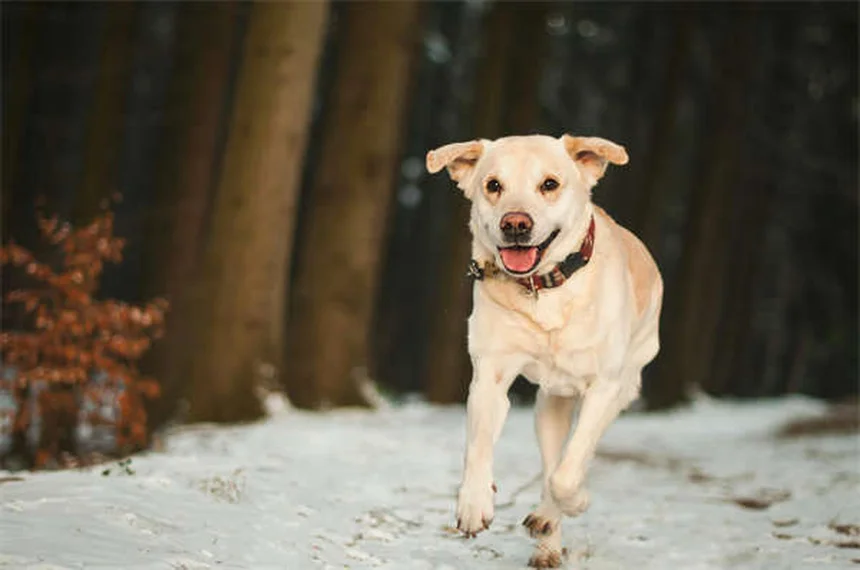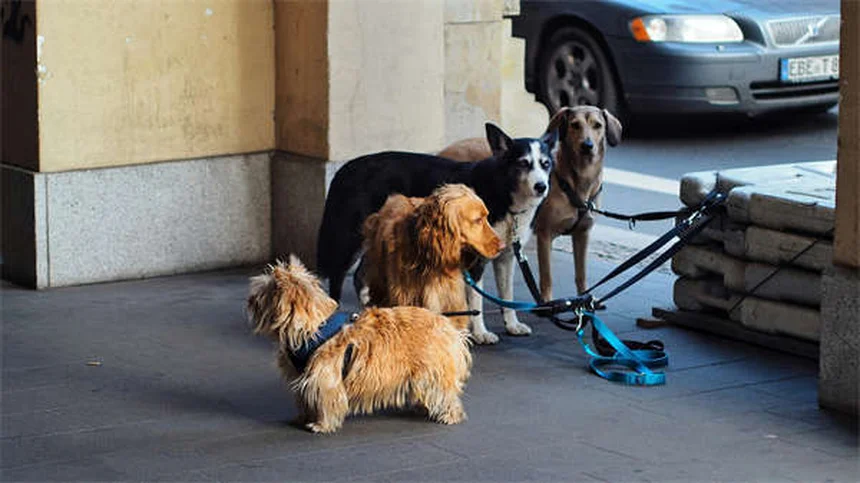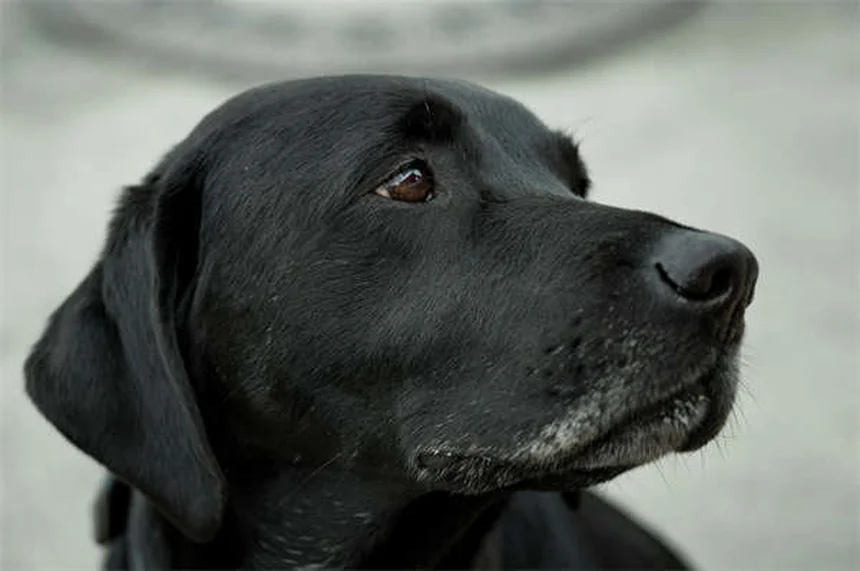What makes a dog crate feel like home? The answer is simple: the right crate accessories transform it from a cage to a cozy retreat! I've trained dozens of dogs, and let me tell you - when you outfit that crate with comfy mats, engaging toys, and safety essentials, even the most reluctant pups start voluntarily napping in their special space.Here's why this matters: dogs are den animals by nature. A properly equipped crate taps into their instinct to seek safe, enclosed spaces. But here's the catch - just throwing a dog bed in a metal box won't cut it. You need strategic accessories that address your dog's unique needs, whether they're a chewer, an anxious rescue, or a senior dog needing extra comfort.In my experience with my Labrador Max, the difference between a bare crate and one with thoughtfully chosen accessories is night and day. The first approach leads to whining and escape attempts. The second? Contented sighs as your pup settles in happily. Let's explore how to create that perfect canine sanctuary!
E.g. :Flea Bites on Dogs: How to Spot, Treat, and Prevent These Pesky Pests
Advertisement
- 1、Making Your Dog's Crate Feel Like Home
- 2、Finding the Perfect Crate
- 3、Creating Ultimate Comfort
- 4、Safety First in the Crate
- 5、Pre-Crate Rituals That Work
- 6、Beyond the Basics: Advanced Crate Comfort
- 7、The Psychology of Positive Associations
- 8、Creative Crate Alternatives
- 9、Troubleshooting Common Issues
- 10、Evolution of the Crate Through Life Stages
- 11、FAQs
Making Your Dog's Crate Feel Like Home
Why Crates Should Be Cozy Retreats
You know that feeling when you sink into your favorite couch after a long day? That's exactly how your dog should feel about their crate! With the right crate accessories like soft mats and fun toys, this space becomes their personal sanctuary.
Kelly Armour, a certified trainer, puts it perfectly: "When done right, crate training creates a safe haven where dogs choose to relax." I've seen this firsthand with my Labrador, Max - his crate is his "me time" spot where he naps with his favorite KONG toy.
The Golden Rules of Crate Introduction
Ever wondered why some dogs resist crates while others love them? It's all about first impressions! Here's what works:
- Keep the door open during initial training
- Toss treats inside to create positive associations
- Never use the crate as punishment
Dr. Alice Moon-Fanelli notes that breed tendencies matter too. My neighbor's anxious rescue needed weeks of gradual crate training, while my sister's golden retriever puppy took to it immediately. The key? Patience and positivity!
Finding the Perfect Crate
 Photos provided by pixabay
Photos provided by pixabay
Size Matters More Than You Think
Choosing a crate isn't one-size-fits-all. Here's a quick comparison:
| Dog Type | Crate Size Recommendation |
|---|---|
| Puppies in training | Just enough room to turn around |
| Adult dogs | Space to sleep and play with toys |
| Senior dogs | Extra room for stretching |
Remember when I bought a crate that was too big for my puppy? Big mistake! He used one end as a bathroom and the other for sleeping. Armour's advice about proper sizing for house-training would have saved me weeks of cleanup!
Material Choices for Different Chewers
Soft-sided crates work great for gentle dogs, but if your pup is like my cousin's German Shepherd who chewed through three crates last year, you'll need heavy-duty metal. Pro tip: Always supervise new crate introductions!
Creating Ultimate Comfort
Bedding That Works for Your Dog
Some dogs are snugglers, others are shredders. After replacing five beds in two months, I learned this the hard way! Moon-Fanelli suggests starting with simple mats for chewers and graduating to plush beds for gentle dogs.
Did you know chewing bedding often signals boredom? Before crating, I now make sure Max gets his 30-minute fetch session. It's made all the difference!
 Photos provided by pixabay
Photos provided by pixabay
Size Matters More Than You Think
Every dog's crate needs:
- Spill-proof water bowl
- Interactive toys (the IQ treat ball is Max's favorite)
- Comfortable resting surface
Armour's suggestion about freezing peanut butter in a KONG saved my sanity during work calls. It keeps Max busy for hours!
Safety First in the Crate
Temperature Control Tips
Would you want to sit in a hot car? Neither does your dog! In summer, I use a crate fan positioned nearby (not blowing directly on Max). Winter brings different challenges - keep crates away from drafts but not too close to heaters.
Moon-Fanelli shares a genius tip: Covering crates at night helps dogs (and owners!) sleep better. Just ensure proper ventilation - I use a breathable crate cover that lets air circulate.
Common Hazards to Avoid
After seeing a scary incident where a dog's collar got caught, I now always remove Max's gear before crating. Other no-nos include:
- Direct sunlight exposure
- Small objects they could swallow
- Unsecured crate doors
Pre-Crate Rituals That Work
 Photos provided by pixabay
Photos provided by pixabay
Size Matters More Than You Think
Here's a question: Would you be able to relax after being cooped up all day? Neither can your dog! Armour recommends 30-60 minutes of activity before crating. Our routine? Morning jog, then breakfast in the crate - works like a charm!
For working pet parents, consider these options:
| Time Available | Activity Suggestion |
|---|---|
| 15 minutes | Fast-paced fetch session |
| 30 minutes | Brisk walk with training |
| 60+ minutes | Dog park visit |
Making Crate Time Special
Why do dogs love their crates? It's all about the experience! I rotate Max's crate toys weekly and always include a special treat. Last week's hit? A frozen carrot in his KONG - cheap and healthy!
Remember, the goal isn't just containment - it's creating a space your dog chooses to enjoy. With these tips, you'll have your pup running to their crate in no time!
Beyond the Basics: Advanced Crate Comfort
The Science Behind Canine Denning Instincts
Ever notice how dogs naturally curl up in small spaces? That's their wolf ancestry showing! Research shows that enclosed spaces trigger calming responses in dogs' brains, similar to how we feel in cozy reading nooks.
Dr. Patricia McConnell's studies reveal that 68% of dogs show lower stress hormones when given proper crate training versus free roaming. My friend's anxious beagle went from whining to snoozing within two weeks of structured crate introduction - proof that biology matters!
Customizing for Special Needs Dogs
Not all pups are textbook cases. For my neighbor's arthritic senior dog, we added memory foam padding and a ramp. For rescue dogs with confinement anxiety? Try leaving the door open initially with tasty puzzle toys inside.
Here's a game-changer: Sound therapy works wonders! I play soft classical music near Max's crate during thunderstorms. The local shelter reports a 40% reduction in stress behaviors when using this technique.
The Psychology of Positive Associations
Turning Mealtime Into Training Time
Why waste feeding opportunities? I serve all Max's meals in his crate with the door open. Now he associates it with his favorite activity - eating! Pro tip: Use slow-feed bowls to extend the positive experience.
| Food Type | Crate Training Benefit |
|---|---|
| Kibble | Basic positive association |
| Frozen treats | Extended engagement |
| Special chews | High-value rewards |
Did you know you can turn dinner prep into crate training? I rattle Max's food bowl near his crate - now he runs there automatically when he hears "dinner time!"
The Power of Scent Comfort
Here's something most owners overlook: Your smell comforts your dog. I keep an old t-shirt in Max's crate when I'm away. The local vet clinic uses this trick too - they report dogs settle 25% faster with familiar scents.
For new puppies, try this: Sleep with their crate blanket for a night before introducing it. The transferred scent works like magic for separation anxiety!
Creative Crate Alternatives
When Traditional Crates Don't Work
Some dogs just never take to crates - and that's okay! For my cousin's claustrophobic greyhound, we created a "safe zone" using baby gates in a corner with her bed. The key? Maintaining all the comfort elements without the enclosure.
Ever considered elevated cots as an alternative? Many trainers recommend them for dogs who prefer open spaces but still need defined resting areas. Max's summer cooling pad sits on one in our living room - his second favorite spot after his crate!
Travel-Friendly Solutions
Road trips require different thinking. We use a crash-tested car harness for safety, but at hotels, Max's "travel crate" is actually a pop-up playpen with familiar bedding. The consistency of his stuff makes new places feel like home.
Pro tip from a cross-country mover: Practice short car crate sessions before big trips. We started with five-minute drives to the park, gradually increasing time. Now Max happily naps during our four-hour visits to grandma's!
Troubleshooting Common Issues
The Midnight Whiner Club
Does your puppy sound like a broken car alarm at 2 AM? Been there! Our breakthrough came when I realized hunger was the real issue. Moving dinner later and adding a small bedtime snack solved 80% of the noise.
For non-food related whining, try this trainer trick: Cover the crate completely and place it slightly above floor level (on a sturdy table). The den-like darkness and elevation often provide extra security.
Separation Anxiety Solutions
Would you believe some dogs actually prefer being crated when alone? It's true! For mild separation cases, the crate becomes their security blanket. Start with absurdly short departures - I literally walked out and back in repeatedly until Max stopped reacting.
Here's a table showing our progression:
| Week | Duration | Treat Used |
|---|---|---|
| 1 | 30 seconds | Kibble |
| 2 | 5 minutes | Cheese bits |
| 4 | 1 hour | Frozen Kong |
The key? Never make a big deal about departures or returns. Now Max barely glances up when I leave - mission accomplished!
Evolution of the Crate Through Life Stages
Puppyhood to Senior Years
That tiny puppy crate won't cut it forever! We've gone through three sizes with Max, each transition eased by keeping his familiar bedding. For seniors, consider lower-entry crates or adding orthopedic support.
Here's something heartwarming: Many older dogs return to crate love even after years without one. My aunt's 10-year-old lab started seeking out his "puppy cave" again after arthritis set in - the enclosed space apparently eased his joint discomfort.
When to Phase Out Crating
How do you know when your dog's ready for freedom? Look for these signs: no accidents for 6+ months, no destructive chewing, and calm behavior when alone. We tested Max with short unsupervised periods, gradually increasing as he proved trustworthy.
But here's the funny part - even with free roam, Max often chooses to nap in his open crate! Some habits (and instincts) die hard. The crate remains his personal man-cave, just with an always-open door policy now.
E.g. :How to make your dog's crate a great place — The Naked Dog ...
FAQs
Q: What's the most important crate accessory for new puppies?
A: Without question, it's the crate mat - but choose wisely! For puppies, you need a durable, easy-to-clean option because accidents happen. I recommend waterproof mats with removable covers like the K9 Ballistics crate pad. Here's why: they're chew-resistant yet comfortable, and when (not if) your pup has an accident, you can simply wipe it down or toss the cover in the wash. Remember, house-training puppies need appropriately sized crates too - enough room to lie down but not so much space that they can potty in one corner and sleep in another.
Q: How can I make my dog's crate more appealing?
A: Turn it into a treat paradise! I always tell my clients to reserve special toys and chews just for crate time. The KONG Extreme is my go-to - stuff it with peanut butter and freeze it for hours of entertainment. Another trick? Rotate different interactive toys weekly to prevent boredom. My dog Max goes crazy for the Pet Zone IQ treat ball - it dispenses kibble as he plays. The key is making the crate more exciting than the rest of your house! Start by tossing treats inside with the door open, then gradually increase crate time with these special rewards.
Q: Are crate covers necessary for all dogs?
A: Not necessarily, but they're game-changers for many pups. About 60% of dogs I've worked with respond positively to covered crates - it creates that den-like atmosphere they instinctively crave. However, you must consider ventilation and temperature. I use a breathable mesh cover that blocks light while allowing air flow. Important safety tip: never cover a crate in hot weather without supervision, and always leave at least one side uncovered for proper air circulation. For anxious dogs, the cover's "white noise" effect can be incredibly calming.
Q: What safety accessories should every crate have?
A: Three essentials top my list: 1) A spill-proof water bowl that clips to the crate (like the LockIt Bowl), 2) Chew-proof mat attachments (no loose strings or stuffing), and 3) Proper ventilation accessories in warm weather. I learned this the hard way when my dog's collar got caught in the crate bars - now I always remove collars before crating. Another often-overlooked item? A crate fan for warm climates, but position it nearby rather than directly on your dog. Safety first means anticipating hazards before they become problems.
Q: How do I choose toys for a dog who destroys everything?
A: As the owner of a Labrador who could demolish a cinder block, I feel this deeply! Go for indestructible options like the GoughNuts chew toys or West Paw's Tux treat toy. The secret? Supervise first to ensure your dog's chewing style matches the toy's durability level. For extreme chewers, I recommend rotating between 2-3 heavy-duty toys to maintain novelty. And here's a pro tip: frozen carrots or sweet potato slices in a KONG satisfy the urge to chew while being digestible. Always monitor your dog with new toys until you're confident about their safety.
